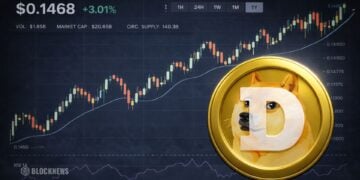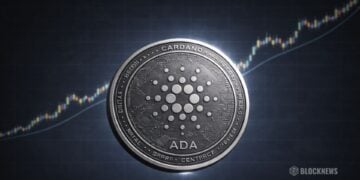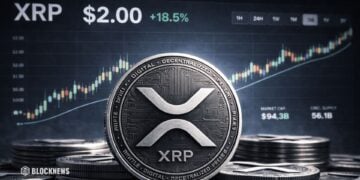- XRP and Chainlink are not competitors but collaborators, with XRP focusing on cross-border payments and Chainlink providing reliable real-world data feeds for smart contracts.
- Ondo Finance highlights their partnership, bringing tokenized U.S. treasuries onto the XRP Ledger while using Chainlink oracles for price verification, showcasing how both projects complement each other.
- Both Ripple and Chainlink are actively engaging with regulators, pushing blockchain legitimacy forward, while Ripple’s real competition lies with Circle’s USDC payments network, not Chainlink.
In the crypto world where competition usually grabs the headlines, expert Ivo Knébl is tossing out a different view: XRP and Chainlink aren’t rivals — they’re actually working side-by-side toward completely different goals.
On one hand, XRP (via Ripple) is laser-focused on fast, cheap cross-border payments using its XRP Ledger. Chainlink, meanwhile, is all about being the decentralized oracle powerhouse, delivering reliable real-world data for smart contracts across tons of blockchains.
Their Collaboration Speaks Volumes
This isn’t just some theoretical “kumbaya” moment either — there’s real work happening between them.
- Back in 2022, Chainlink linked up with SWIFT to help legacy banks integrate blockchain tech using good ol’ SWIFT messaging standards.
- In 2025, Ripple launched its RLUSD stablecoin, aimed squarely at the DeFi world.
To boost its credibility and functionality? Ripple leaned heavily on Chainlink’s trusted price feeds.
Rather than stepping on each other’s toes, Ripple and Chainlink are complementing each other’s strengths — building a more interconnected blockchain ecosystem where competition isn’t the only way forward.
Ondo Finance: Bridging XRP and Chainlink Even Closer
The collaboration theme continues with Ondo Finance, a project specializing in tokenizing real-world assets.
- Ondo brought OUSG (Ondo Short-Term U.S. Treasuries) onto the XRP Ledger, giving institutions a new way to tap into tokenized U.S. government bonds directly via Ripple’s network.
- At the same time, Ondo relies heavily on Chainlink oracles to get verified, trustworthy price data for its tokenized assets.
This dual approach shows how XRP and Chainlink fit together neatly — Ripple handles payment and settlement infrastructure, while Chainlink takes care of the critical data feeds.
Regulatory Engagement: A Joint Push for Legitimacy
Both Ripple and Chainlink aren’t just building tech; they’re getting serious about regulation too.
- Chainlink held high-level talks with U.S. government officials in 2025, pushing for smart blockchain policies.
- Meanwhile, their mutual partner Ondo Finance has been meeting with the SEC to hammer out the legal side of tokenized securities, helping bolster Ripple’s moves in the financial world.
It’s important to note here: Ripple’s real competition isn’t Chainlink — it’s companies like Circle, the team behind USDC.
Circle’s launch of the Circle Payments Network has it directly clashing with Ripple’s ambitions in cross-border payments.
Chainlink? It’s staying in its own lane, focused on data, not money movement.
Final Thoughts: Collaboration Over Competition
At the end of the day, Ivo Knébl’s vision is playing out in real time — XRP and Chainlink are working together to build a stronger, smarter blockchain world.
It’s not about fighting for dominance.
It’s about leveraging each other’s strengths to push innovation forward.
Proficiency over rivalry — and honestly, that feels like a much-needed breath of fresh air in crypto right now.














